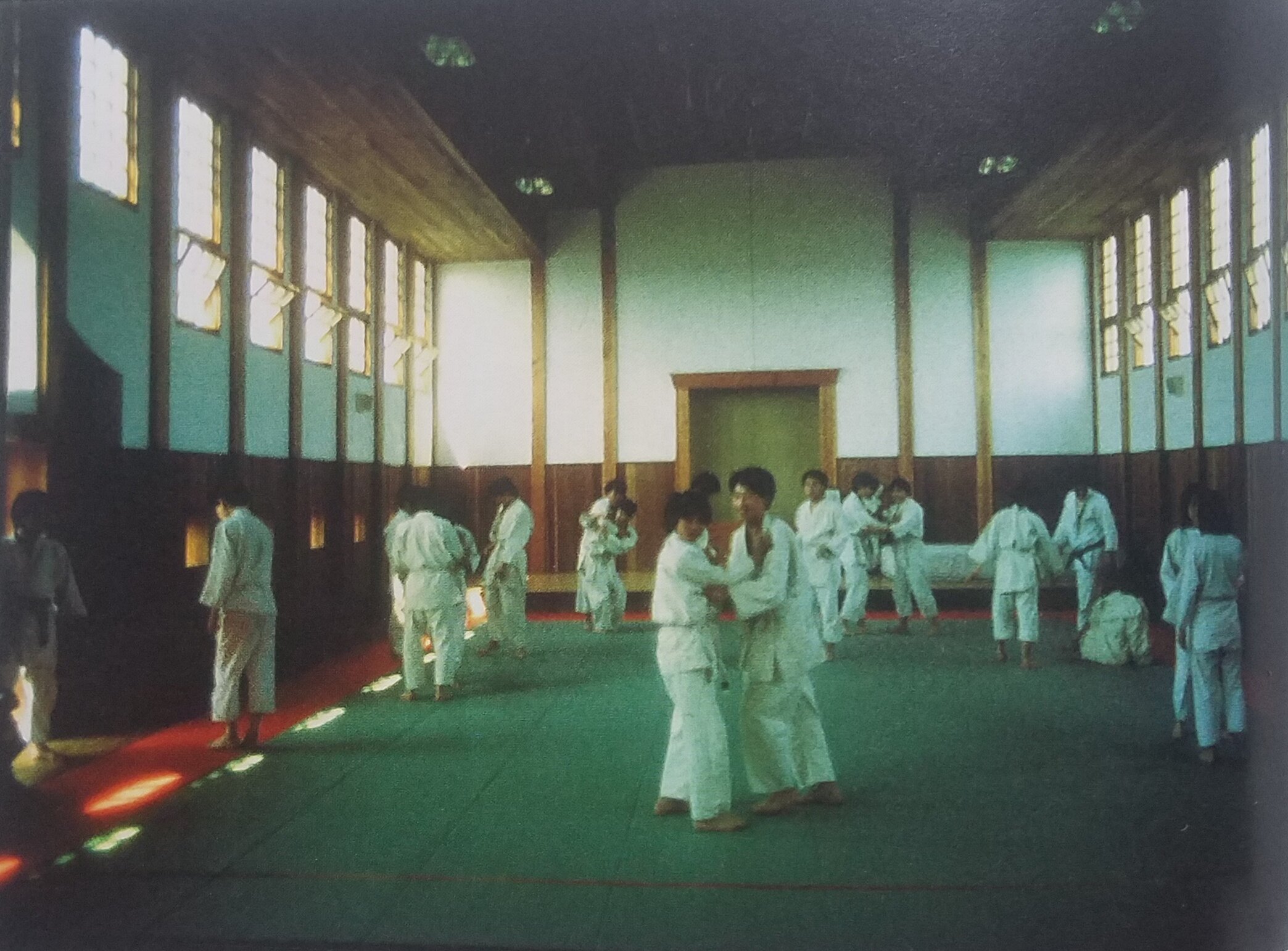New Fitness Culture Scrapbook #3
This is a collection of ten things I found out about in the past week that felt relevant to my work.
They can be read as individual curios, or, as I understand them, as waymarkers towards a more interesting and inclusive culture of fitness.
First, a reminder from Auntie Ovenfresh:
Thank you to my friend Sarah for guiding me to this wonderful episode of the BBC Radio 3 programme Free Thinking, all about the Life Reform Movement of the late 19th century.
I know it’s a cliché but learning about history really illuminates what’s going on today. There are SO many parallels between the discourse around health and fitness then and now, and the dark paths that body/eco- fascism can take us down.
Last year I travelled a little around Berlin to explore the German origins of physical culture in Britain. There is an amazing, and little-known, story to be told there. I hope to get some funding to turn it into a proper project…
Kakhi Kakhiashvili casually clean and power-jerks 200kg in flip-flops at a pre-Olympic test event in Atlanta in 1995. Posted by Jim Schmitz on Facebook.
I am an enormous fan of the architect Christopher Alexander and hope to make a podcast episode soon about his ideas around designing spaces for physical activity.
I’m currently reading his account of building the campus at Eishin Gakuen in Japan (with the understated title ‘The Battle for the Life and Beauty of the Earth: A Struggle Between Two World Systems’ - good lord, I love him).
There are so many analogues to be made here with mainstream fitness culture and its alternatives.
One of the characteristics of Alexander’s design process is that it emerges through collaboration with the intended users of the space. Here is part of the discussion around the design of the Judo Hall:
The further we got into the dispute, the more it became clear that the judo instructors viewed the Judo Hall as a kind of gymnasium, whose emphasis was mainly on the springiness of the floor, the padding, and the excellence of the lights […]
Further, it also appeared, slowly, that they were being guided by a stylistic desire for a gymnasium-like building - a kind of modernism in their judo, that was attached to ‘being up to date’, and the desire to impress through the exterior qualities of a super gymnasium […]
As the conflict increased we found it necessary to expand our research. At one point we went for an extensive interview with the chief judo instructor at the local university in Kichijoji.
This discussion made it clear that the spiritual dimension of judo, so crucial in the past, was rapidly disappearing, and that the desire to replace a spiritual art with a kind of gymnastic exercise had become the fundamental and central aspect of judo in modern Japan. Although the judo instructor talked lovingly of the old budo halls, where indeed quietness, grace, and tranquility were emphasized, it was quite clear that he, too, was now obsessed with the super-gymnasium view of modern judo, and that the old spirituality was - in his view - no longer relevant.
Some photographs of the built hall, taken from the same book:
One of my absolute bucket list dreams is to visit here. I get butterflies just reading about it and looking at the photos… I honestly think I would die or throw up if I got to wander around it… 👍
Representations of food, cooking and eating in Studio Ghibli films:
A bunch of Studio Ghibli films are going to be on Netflix next month!
I have been reading an anthology of travel writers’ “worst journeys”. I enjoyed the essay ‘A Family Vacation’ from David Mamet’s collection Writing in Restaurants, about dreading a family holiday - especially these concluding paragraphs:
[…] I waved from the plane window and put my writer hat back on, and several thoughts occurred to me. The first was of Thorstein Veblen, who said that nobody traveling on a business trip would ever be missed if he did not arrive. And I said to myself, you know, that’s true.
And I thought of Hippocrates, and his hospital on the island of Cos, where the sick were treated to a peaceful view, and warm winds, and the regenerative rhythm of the surf - to a place where man could be healed because the natural order was allowed to reassert itself; and I missed my family, and was very grateful for the week that we spent with each other on the beach.
On its own I suppose it’s a bit corny but in the context of the rest of the essay it’s nice…
Glima is an Icelandic traditional wrestling style in which combatants must move constantly in a specific dance-like stepping sequence, holding each others belts while trying to off-balance and throw each other.
It looks absolutely fascinating and I can’t wait for The Hero with a Thousand Holds’ meticulously-researched podcast episode on it.
There are some tender moments in this video of the world’s strongest men talking about mental health:
I’ve no idea about the story behind this image or if it’s even real but there’s something quite beautiful about it… From Out of Context Football on Twitter.






